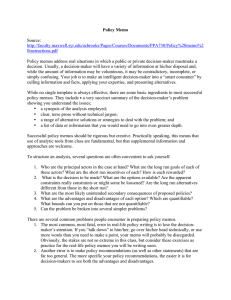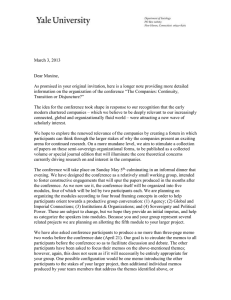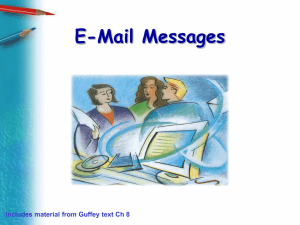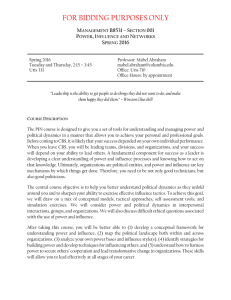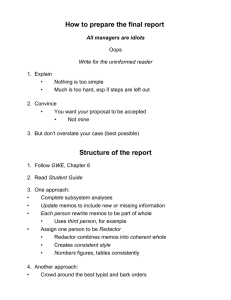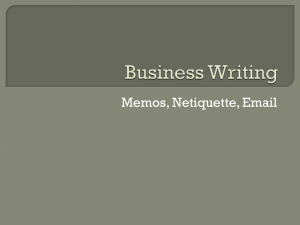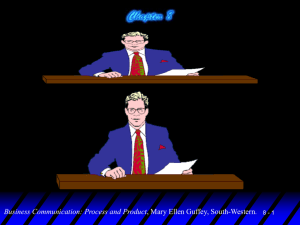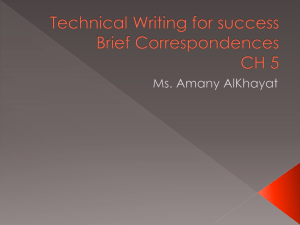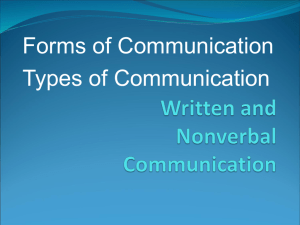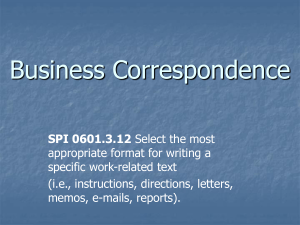1 Writing a Successful Policy Memo Policy memos address real
advertisement
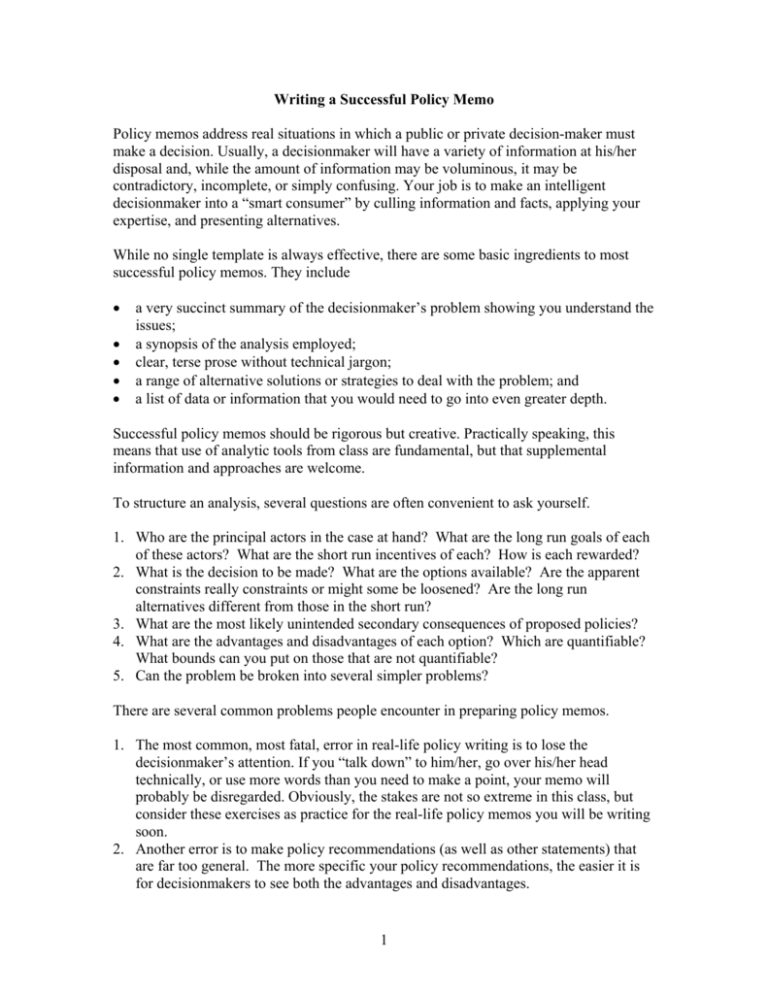
Writing a Successful Policy Memo Policy memos address real situations in which a public or private decision-maker must make a decision. Usually, a decisionmaker will have a variety of information at his/her disposal and, while the amount of information may be voluminous, it may be contradictory, incomplete, or simply confusing. Your job is to make an intelligent decisionmaker into a “smart consumer” by culling information and facts, applying your expertise, and presenting alternatives. While no single template is always effective, there are some basic ingredients to most successful policy memos. They include • • • • • a very succinct summary of the decisionmaker’s problem showing you understand the issues; a synopsis of the analysis employed; clear, terse prose without technical jargon; a range of alternative solutions or strategies to deal with the problem; and a list of data or information that you would need to go into even greater depth. Successful policy memos should be rigorous but creative. Practically speaking, this means that use of analytic tools from class are fundamental, but that supplemental information and approaches are welcome. To structure an analysis, several questions are often convenient to ask yourself. 1. Who are the principal actors in the case at hand? What are the long run goals of each of these actors? What are the short run incentives of each? How is each rewarded? 2. What is the decision to be made? What are the options available? Are the apparent constraints really constraints or might some be loosened? Are the long run alternatives different from those in the short run? 3. What are the most likely unintended secondary consequences of proposed policies? 4. What are the advantages and disadvantages of each option? Which are quantifiable? What bounds can you put on those that are not quantifiable? 5. Can the problem be broken into several simpler problems? There are several common problems people encounter in preparing policy memos. 1. The most common, most fatal, error in real-life policy writing is to lose the decisionmaker’s attention. If you “talk down” to him/her, go over his/her head technically, or use more words than you need to make a point, your memo will probably be disregarded. Obviously, the stakes are not so extreme in this class, but consider these exercises as practice for the real-life policy memos you will be writing soon. 2. Another error is to make policy recommendations (as well as other statements) that are far too general. The more specific your policy recommendations, the easier it is for decisionmakers to see both the advantages and disadvantages. 1 3. A third common problem is to lose sight of what you are trying to accomplish. This can result in extraneous sentences and, sometimes, even paragraphs. All information included in the memo should contribute to the points you are trying to make. 4. A fourth error is to make statements not supported by facts. Unsupported assertions are often the vehicle by which your personal biases (the hallmark of discredited policy work) slip into the analysis. Policy memos should be typed, single-spaced, with normal margins and pitch, and must not exceed two pages. Additional pages, labeled as appendices, may be devoted to charts, tables, graphs, etc.; however, the text should be able to stand alone without requiring the reader to refer to those exhibits. 2
